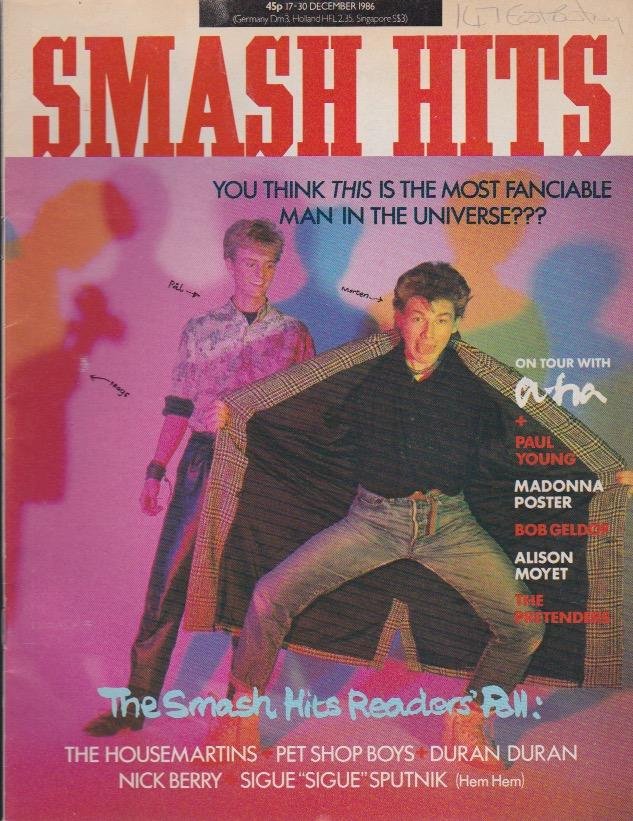Morten Harket would have been a great Batman! He would.
What other 80s pop star / superhero combos can you think of?
What other 80s pop star / superhero combos can you think of?

"We live in a society Batman where old men in stripy trousers rule the world with plastic smiles..." 

• • •
Missing some Tweet in this thread? You can try to
force a refresh































